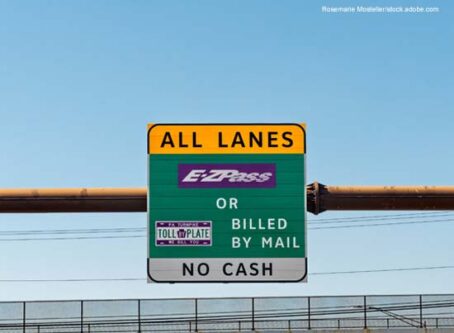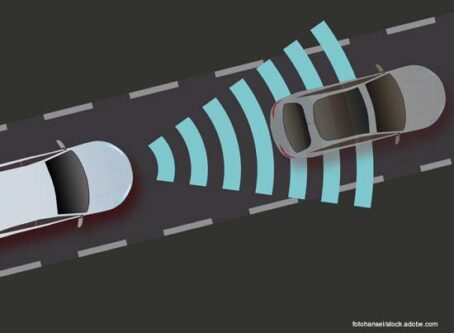OOIDA’s Spencer details trucking inequities at supply chain forum
The path to improving the supply chain and increasing safety starts with paying truckers for their time, according to OOIDA President Todd Spencer.
A former truck driver himself, Spencer detailed inequities in the current system as part of a virtual forum about the supply chain. Sponsored by the American Economic Liberties Project, the forum was titled “Supply Chain Fragility: How to Rebuild a Resilient System.” Spencer was joined by Rakeen Mabud of Groundwork Collaborative; Mike Beckham, CEO of Simple Modern; Charmaine Chua, assistant professor at the University of California Santa Barbara; and Matt Jinoo Buck of the American Economic Liberties Project.
Serving as the only trucking representative on the panel, Spencer explained that most truck drivers are paid by the mile – meaning that they receive no compensation when they are stuck waiting on a shipper or receiver.
“Some spend 40 hours a week just waiting to get loaded and unloaded,” Spencer said. “And the only reason they spend that time is because it’s donated. It doesn’t cost anyone else in the supply chain. If that inefficiency were corrected, the hours would be fewer. I also should point out that when you’re only paid for miles driven, the incentive will always be ‘I want to drive more miles.’ Maybe I want to drive more miles faster. Maybe I’m going to have to drive in unsafe conditions because of lousy weather. The incentives for drivers aren’t where they need to be, and that shouldn’t be overlooked.”
Spencer’s words are supported by research. During a House Transportation & Infrastructure hearing in November, transportation expert David Correll told lawmakers that supply chain issues start with an inefficient system that wastes a truck driver’s time. Correll said his data shows that truckers typically drive only 6.5 hours a day even though they are allowed a maximum of 11 hours.
The American Trucking Associations alleges that the industry faces a shortage of 80,000 drivers. Correll said the perceived shortage could be resolved by improving the utilization of America’s existing truck drivers by 18 minutes per day.
To that point, Spencer told the panel that there is not a driver shortage. Rather, he explained that there is a retention problem brought on by low pay and poor working conditions.
“It’s a shocking amount of time … that drivers donate,” Spencer said.
“That is one of many reasons we see all these ads for truck drivers wanted right now. There are plenty, but they leave almost as fast as they enter the industry. There’s nothing good about that. It makes our supply chain less resilient and less dependable, but it also makes it less safe.”
Another huge issue for truck drivers is the lack of truck parking. OOIDA has been pushing for meaningful federal support to give truck drivers a safe place to park, but the funding was left out of the recent infrastructure bill.
“This has been a major issue for over two decades,” Spencer said. “It’s one that we communicate to lawmakers about all the time. If you drive around, you will probably see trucks parked on off ramps and on ramps and all sorts of crazy places, because there are goods on those trailers that people want, but there’s no place for the truck to park when the driver needs to stop to rest.”
Buck also pointed out that the problems with the supply chain aren’t new. He said that the pandemic didn’t create the problems, but rather allowed for the problems to be visible. Chua noted that decades of underinvestment in infrastructure created a fragile system that wasn’t ready to respond to the shortages.
Beckham suggested that a decreased reliance on other countries for goods is one way to build a more sustainable supply chain in the United States. LL









